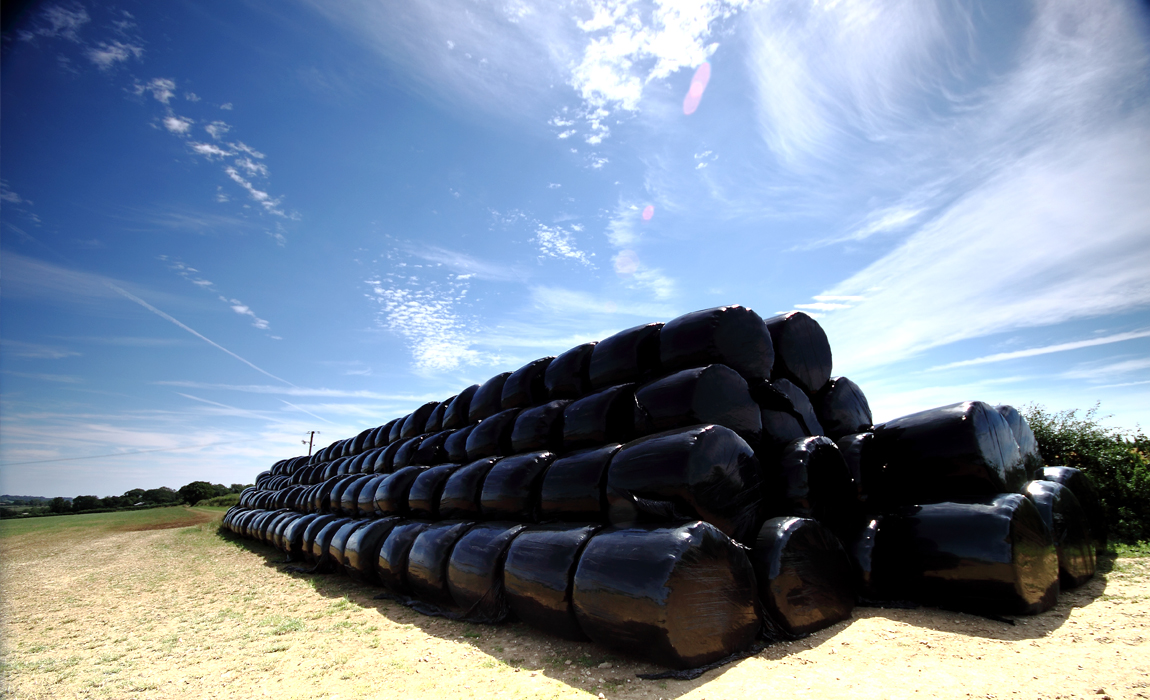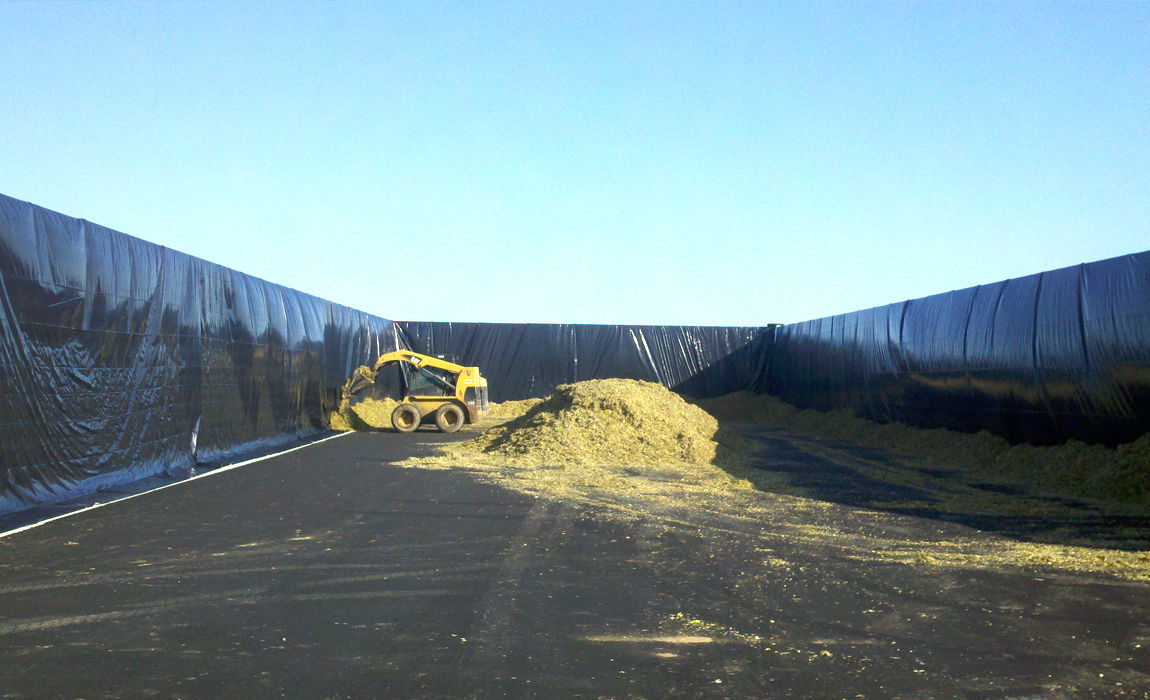Silage is a product obtained by storing green feed crops, which have high humidity content, with fermentation under no-air conditions to keep its nutritional value without being spoiled. The process is done by sugar fermentation to produce acids that can increase the feed acidity to the extent that prevents spoilage.

Shouman company produces special PE rolls with high mechanical properties and excellent resistance to photodecomposition (hotolysis). The Film is black in color and is available in variable width and thickness according to customers. The film is used to cover and preserve green feed crops in no-air conditions allowing customers to benefit fromthe various advantage of silage, which are as follow:
Preserving feed in the form of silage reduces the loss that would result from dry storage.
Silage stores larger amounts of energy, protein, and carotene compared to hay.
Silage is available all the year round and at a minimal cost.
Parts of crops used to make silage can be harvested under any climatic conditions.
The increase in the percentage of weed in green feed produces bad hay, but it can be preserved in the form of good silage.
Silage has a good taste and flavor which appeals to the animals, thus increasing the commercial value of the animals.
Silage helps get rid of a large percentage of weed, as weed seeds lose their ability to germinate when stored in silage film. Consequently, the spread of weed in the land will be limited when silage film is repeatedly used.
Silage can be compressed in a much smaller volume compared to regular storage techniques. This leads to great savings in storage areas.
It is safer as there is no chance for self-ignition or burning unlike hay.
Recent studies and research have proved that silage is very important in feeding milk-producing animals, especially in summer as the availability of green feed is limited.
It helps increase the digestion rates of alimentary components and botanical enzymes.
Silage can be used as a substitute for a part of clover, which consequently saves some area of the land for planting crops like wheat.
Producing silage leads to early evacuation of the land by around one month; therefore, another season of maize or similar crops can be planted.
Producing silage gets rid of straw, which is a major source of fire and infectious diseases. This in turn reduces the pollution of the environment.





| - Greenhouse covering | |
| - Soil disinfection film | |
| - Soil fumigation film | |
| - Mulch film | |
| - Low tunnel film | |
| - Grapes covering | |
| - Banana preservation sacks | |
| - Silage film | |
| - Seedlings sacks |